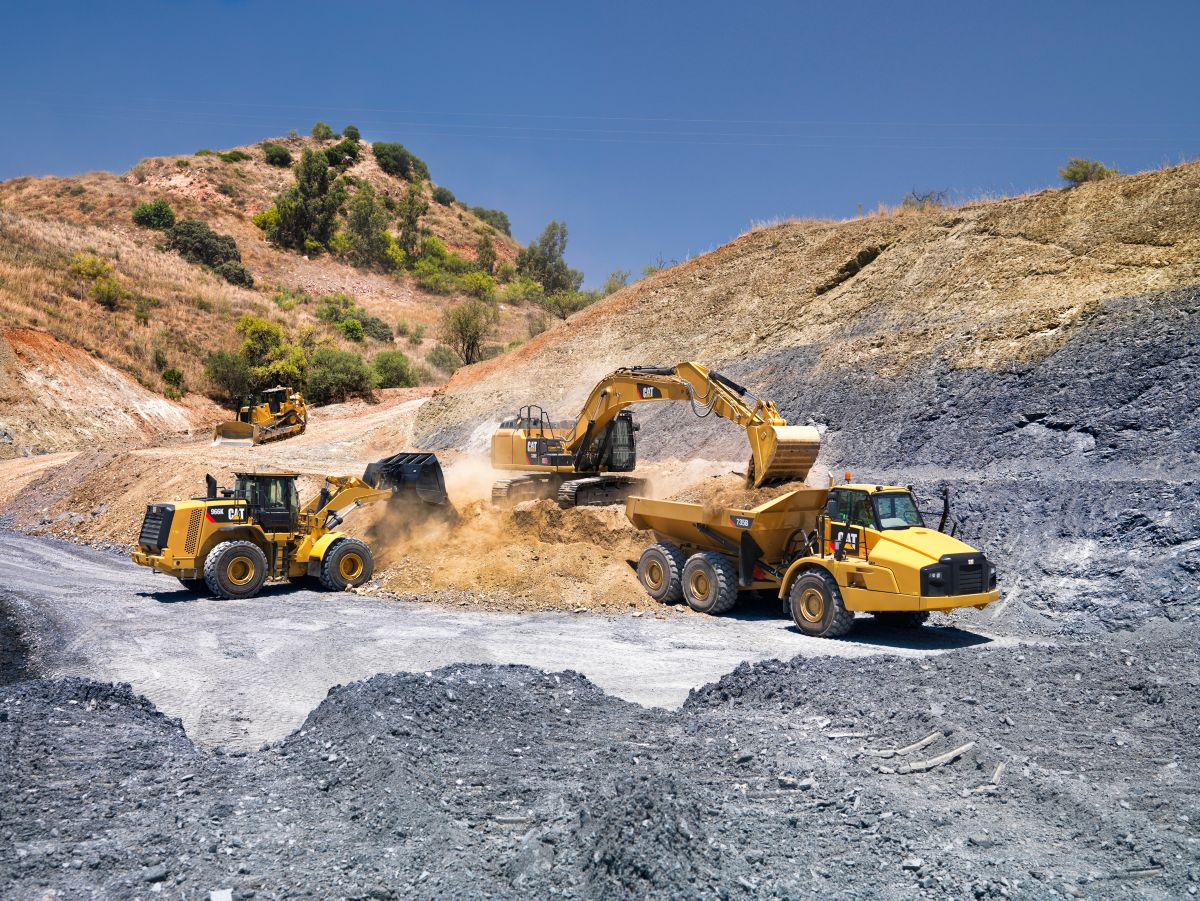Construction Equipment Rentals: Sturdy Equipment for Your Jobs
Optimize Your Budget by Comprehending the Expenses Related To Construction Tools Rentals
Recognizing the complete range of prices connected with construction tools leasings is important for maximizing your budget plan. What strategies can be employed to efficiently manage these expenses and make sure an extra reliable rental experience?
Introduction of Rental Expenses
When considering construction tools services, comprehending the connected expenses is vital for efficient budgeting and job preparation. Rental costs can differ considerably based on several aspects, consisting of tools type, period of leasing, and place. The first rental cost typically reflects the equipment's market need and its connected operational capacities, influencing the general expense.
Along with the base rental rate, ancillary prices might develop, such as transport charges, gas additional charges, and maintenance fees. It is important to represent these added expenses to properly examine the total price of renting out equipment. In addition, the rental period can impact rates; longer services may receive discounted rates, while temporary services may sustain greater daily charges.

Failure of Rental Rates
A detailed understanding of rental rates is crucial for professionals and job managers intending to enhance their budgets. Rental prices for building devices generally are composed of a number of components, consisting of base prices, time-based fees, and usage fees.
Base prices are the core fees related to the leasing of the devices, frequently figured out by the type and size of the equipment. These prices can vary significantly, affected by aspects such as devices need, accessibility, and regional market trends. Time-based costs, which might be daily, weekly, or monthly, serve to accommodate various task timelines and rental durations.
Furthermore, rental prices may include usage fees, which are appropriate when equipment is utilized past a defined limit, ensuring that the rental business can account for wear and tear. Seasonal need fluctuations can likewise affect rental rates, with peak building and construction seasons generally regulating higher rates.
Furthermore, understanding the rental business's plans regarding upkeep and insurance coverage can offer additional insight into the general price framework. By analyzing these elements, service providers can make informed choices, guaranteeing the option of rental equipment lines up with both project requirements and budget restraints.
Additional Costs to Consider
Comprehending the ins and outs of added fees is critical for contractors to manage their general leasing costs efficiently. Beyond the standard rental prices, numerous supplemental fees can significantly affect the overall expense of devices rental. These charges typically include distribution and pick-up charges, which can differ based on range and logistics associated with transferring the tools to and from the job website.
In addition, some rental business might impose fuel surcharges if the equipment is returned with less fuel than when rented out. It is additionally important to be aware of possible cleansing costs, specifically for customized equipment that requires extensive maintenance after use.

Completely examining the rental agreement and clarifying these extra charges in advance can aid contractors avoid unexpected prices and ensure that spending plans remain intact throughout the task lifecycle.
Repair And Maintenance Expenditures
Routine maintenance and repair expenditures are frequently overlooked elements that can substantially influence the total price of building tools services. When renting out equipment, it is critical to think about not just the rental charges but likewise the possible expenses connected with maintaining the equipment in optimum operating condition.
Many rental companies include basic maintenance as part of the rental contract; nevertheless, more unforeseen failures or extensive fixings can bring about extra expenses. It's necessary to examine the rental agreement very carefully to understand what upkeep services are covered and what duties drop on the renter.
Furthermore, devices that is not well-maintained can cause inefficiencies at work website, potentially boosting and creating delays job costs. To alleviate these dangers, it is suggested to conduct routine assessments and preserve open interaction with the rental provider concerning any type of concerns that develop throughout usage.
Insurance Policy and Obligation Costs
Insurance and obligation expenses are essential components that can substantially affect the total expenditure of construction tools services (construction equipment rentals). These expenses ensure that both the rental company and the customer are secured from potential financial losses arising from crashes, damages, or theft during the rental duration

Additionally, clients need to recognize any type of deductibles or exclusions in the insurance coverage plan, as these can influence prospective out-of-pocket costs. Comprehending the terms and conditions of any insurance protection is important to prevent unanticipated costs. Ultimately, budgeting for insurance coverage and responsibility expenditures can aid make certain a smoother rental experience and protect against economic risks connected with building projects.
Conclusion
In conclusion, a comprehensive understanding of the prices linked with building devices rentals is important for effective spending plan monitoring. Eventually, informed decision-making regarding tools leasings contributes to the total success of building and construction ventures.
Rental costs can differ dramatically based on a number of elements, consisting of devices type, period of leasing, and location (rental company near me). The rental period can influence pricing; longer services might qualify for reduced rates, while short-term rentals could incur higher daily costs
By conducting extensive research and engaging with credible rental companies, specialists can effectively navigate the intricacies of rental pricing, inevitably maximizing their economic sources.
Past the basic Continue rental rates, numerous additional fees can significantly influence the complete price of equipment rental. Rental companies commonly give obligation insurance policy that covers injuries to third events or damages to home, while tools damage insurance policy can cover the price of repair work or substitute if the rented out equipment is harmed.